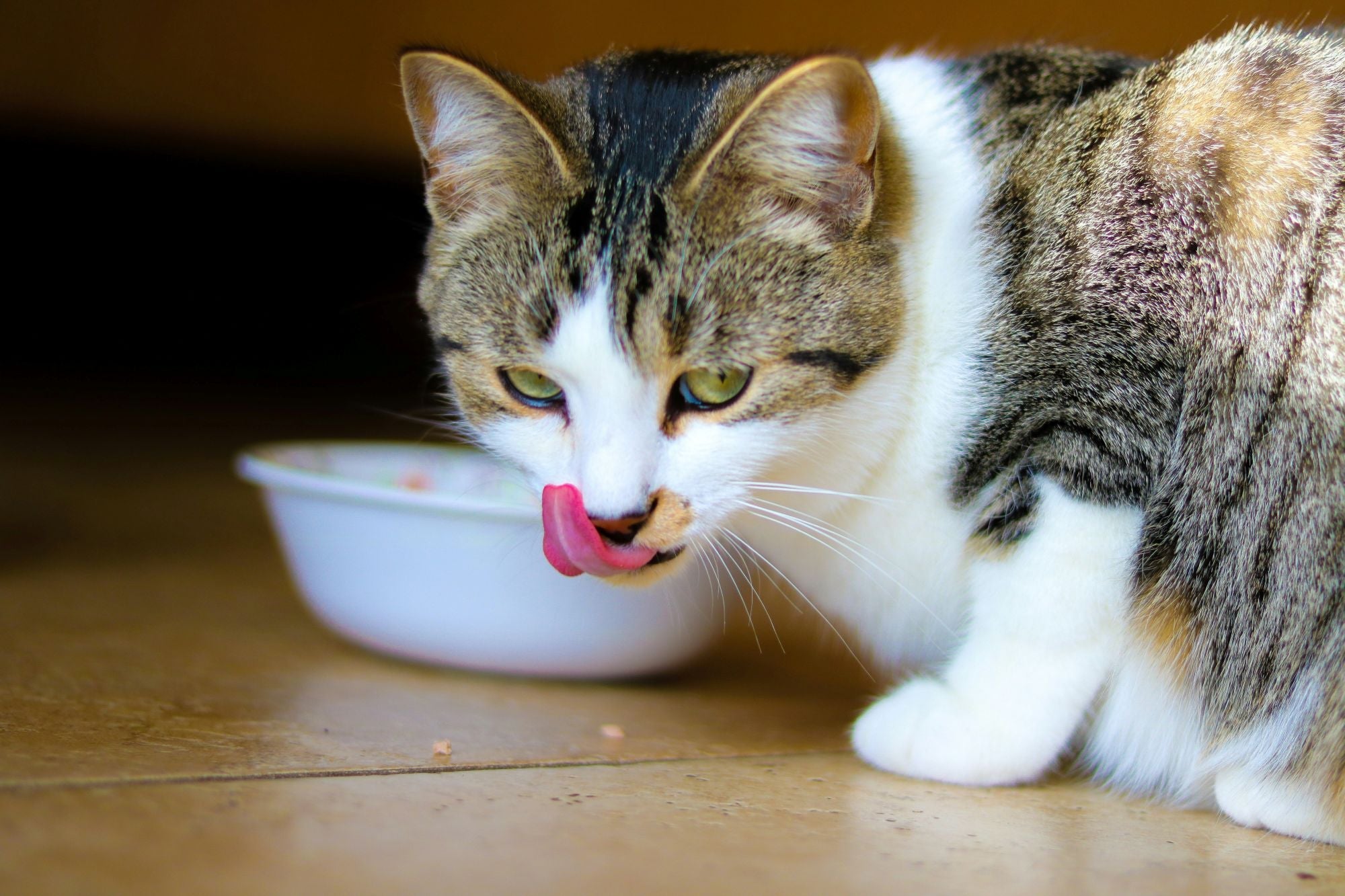
How to Properly Store Wet Pet Food to Keep It Fresh and Safe
Photo by Abeer Zaki on Unsplash
Feeding your pets the right food is essential to keeping them healthy and happy. Wet pet food, in particular, offers numerous benefits, including enhanced moisture content and better palatability. However, proper storage is key to ensuring that the food remains safe and fresh, both for your pet's enjoyment and health. In this article, we'll explore how to store pet wet food correctly, reduce waste, and keep your pet's meals safe and appetizing.
Why Proper Storage of Wet Pet Food Is Important
Wet pet food, like wet dog food or wet cat food, is packed with nutrients and moisture that help keep your pets hydrated and nourished. However, because of its moisture content, it can spoil faster than dry food, which means improper storage can lead to bacteria growth and a loss of nutrients. It is essential to follow best practices to ensure your pet's food stays fresh and safe to consume.
The Risks of Improper Storage
When wet pet food is exposed to air or left at room temperature for too long, it can spoil quickly. This not only diminishes the nutritional quality of the food but also increases the risk of foodborne illnesses, which can cause vomiting, diarrhea, and poor appetite in pets. Ensuring the food remains properly sealed and stored will help prevent these risks.
Best Practices for Storing Wet Pet Food
Unopened Pet Food: Keep It in a Cool, Dry Place
Before opening a can or pouch of pet food, it's crucial to store it properly to ensure its longevity. The best way to store unopened fresh pet wet food is to keep it in a cool, dry place, such as a pantry or cupboard. Avoid storing it in places where it could be exposed to excessive heat, such as near ovens, stoves, or windows where sunlight can affect its quality.
Check Expiration Dates
While wet pet food can last long when unopened, it's important to always check the expiration date printed on the packaging. Most pet food remains fresh for several months, but it's always better to be safe than sorry. Avoid buying large quantities that could sit around for too long, and ensure you're using the food before it expires.
Storing Opened Wet Pet Food: Keeping It Fresh
Once you've opened a can or pouch of pet food, the clock starts ticking on how long it will remain fresh. Here's how to store the leftovers to preserve their freshness and nutritional value.
Transfer to an Airtight Container
After opening a can or pouch of wet pet food, transferring any leftovers into an airtight container is essential. This prevents exposure to air, which can cause the food to dry out or develop harmful bacteria. Store the container in the refrigerator for up to seven days. However, be aware that while refrigeration will help preserve the food, it may not maintain its flavor and texture for the entire week.
Use a Wet Food Pet Feeder
If you find it challenging to store wet food properly, a feeder could be an excellent option. These feeders allow you to portion out meals, keeping the food fresh for each serving. They're particularly useful for pets who graze throughout the day, ensuring their meals are always fresh and appetizing.
Freeze Leftovers for Long-Term Storage
Freezing the leftover food is a good option if you have more wet food than your pet can consume in a week. Freeze it in small portions that are convenient to thaw and serve. This method ensures that the food doesn't go to waste and can be safely used later. Thaw the frozen portions in the refrigerator, not at room temperature, to avoid bacterial growth.
Signs That Wet Pet Food Has Gone Bad
Even with proper storage, pet food will eventually spoil. It's essential to know the signs of spoiled food to prevent feeding your pet something that could harm them. Here are a few red flags to look for:
- Off Smell or Appearance: If the food smells rancid or has an unusual odor, it's likely spoiled and should be discarded immediately. Wet food that has turned a strange color or developed a slimy texture is another indication that it is no longer safe to feed to your pet.
- Mold or Discoloration: Mold or discoloration clearly shows that the food has gone bad. Discard any food with visible mold or color changes, as these can indicate the presence of harmful bacteria or mold spores.
- Spoiled Texture: Wet pet food should have a smooth, moist texture. If the food has dried out or become excessively watery, it's time to throw it away. A change in texture is a telltale sign that the food is no longer safe to consume.
How Long Can Pet Food Be Left Out?
Pet food should never be left out for extended periods. It is especially vulnerable to spoilage when exposed to room temperature for too long. If your pet hasn't finished their meal within four hours, it's best to throw the food away. Bacteria can grow rapidly in wet food, making it unsafe for your pet to eat after this time frame.
While dry food has a longer shelf life than wet food, it should still not be left out for more than 24 hours. Exposure to air, moisture, and your pet's saliva can degrade the quality of the food, reducing its nutritional value.
Additional Tips for Storing Wet Pet Food
Store in Small Portions
Whenever possible, try to store wet pet food in small portions rather than in large containers. This way, you're only thawing or opening what you need, and the food has less exposure to air. Small portions also ensure that your pet always has access to fresh wet food.
Clean Your Pet's Food Bowls Regularly
Pet food bowls should be cleaned after each use, especially when serving wet food. This will prevent the buildup of bacteria and mold, which can contaminate the food and make your pet sick. Wash food bowls with warm, soapy water and dry them thoroughly before refilling them with fresh food.
Keep the Food Secure
Ensure that your pet's food is kept out of reach. Pets, especially dogs, might try to sneak extra meals or treats. To prevent this, store the food in cabinets or on shelves that are difficult for your pet to access.
To Sum Up
Proper storage of wet pet food is crucial to maintaining its quality, taste, and safety. By keeping wet food sealed in airtight containers, storing it in the fridge, and following proper feeding guidelines, you can ensure that your pet enjoys fresh meals that support its health. Always check expiration dates, and never feed your pet food that shows signs of spoilage. With these storage practices in place, you can confidently serve your pet meals that are both nutritious and safe.







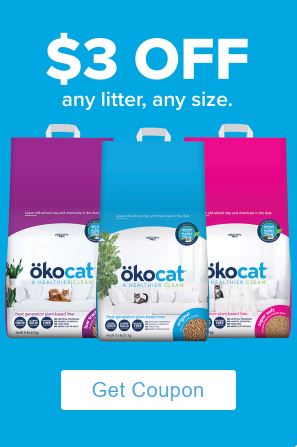
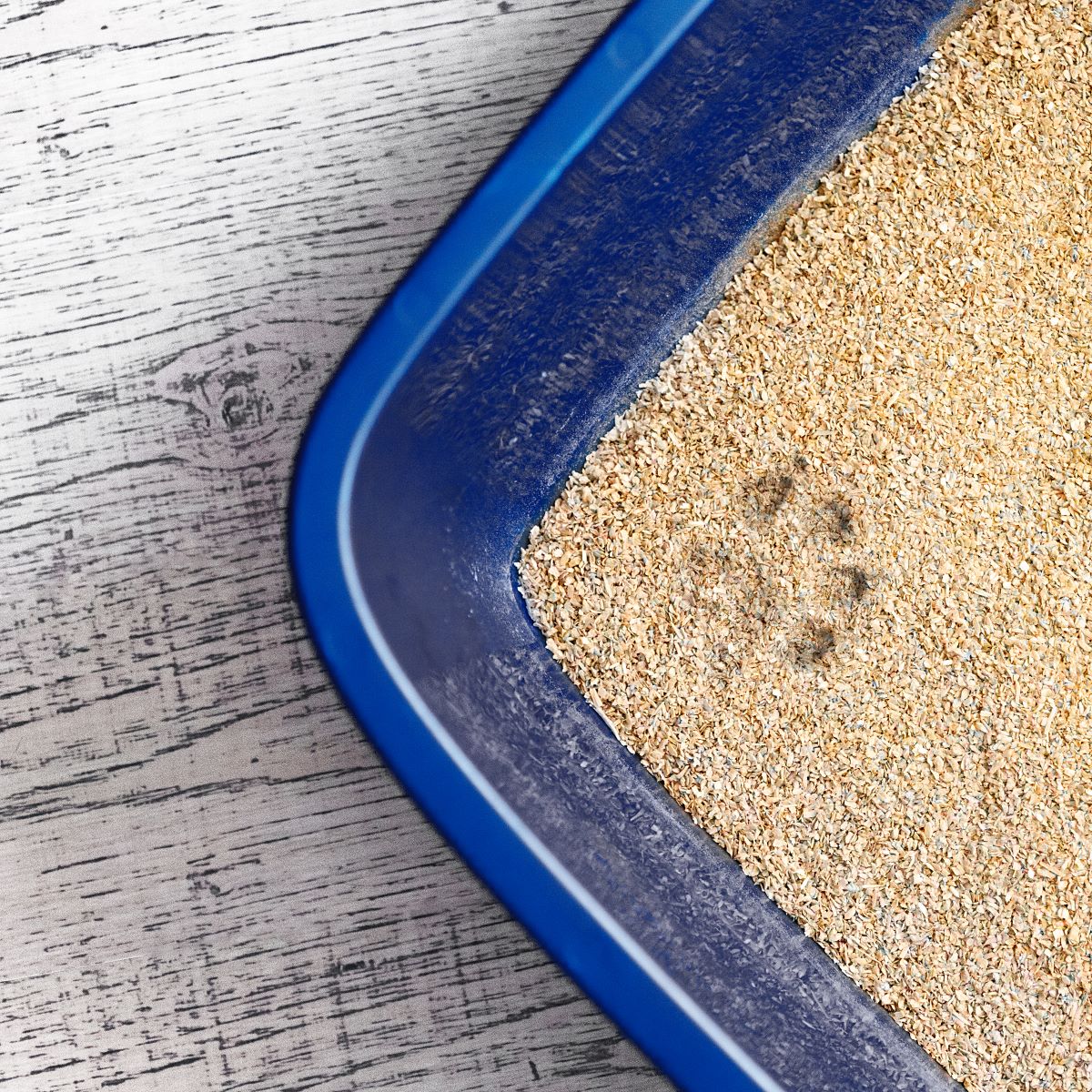
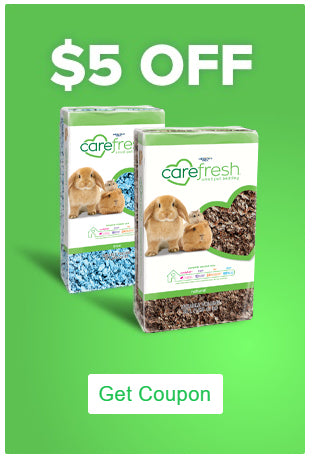
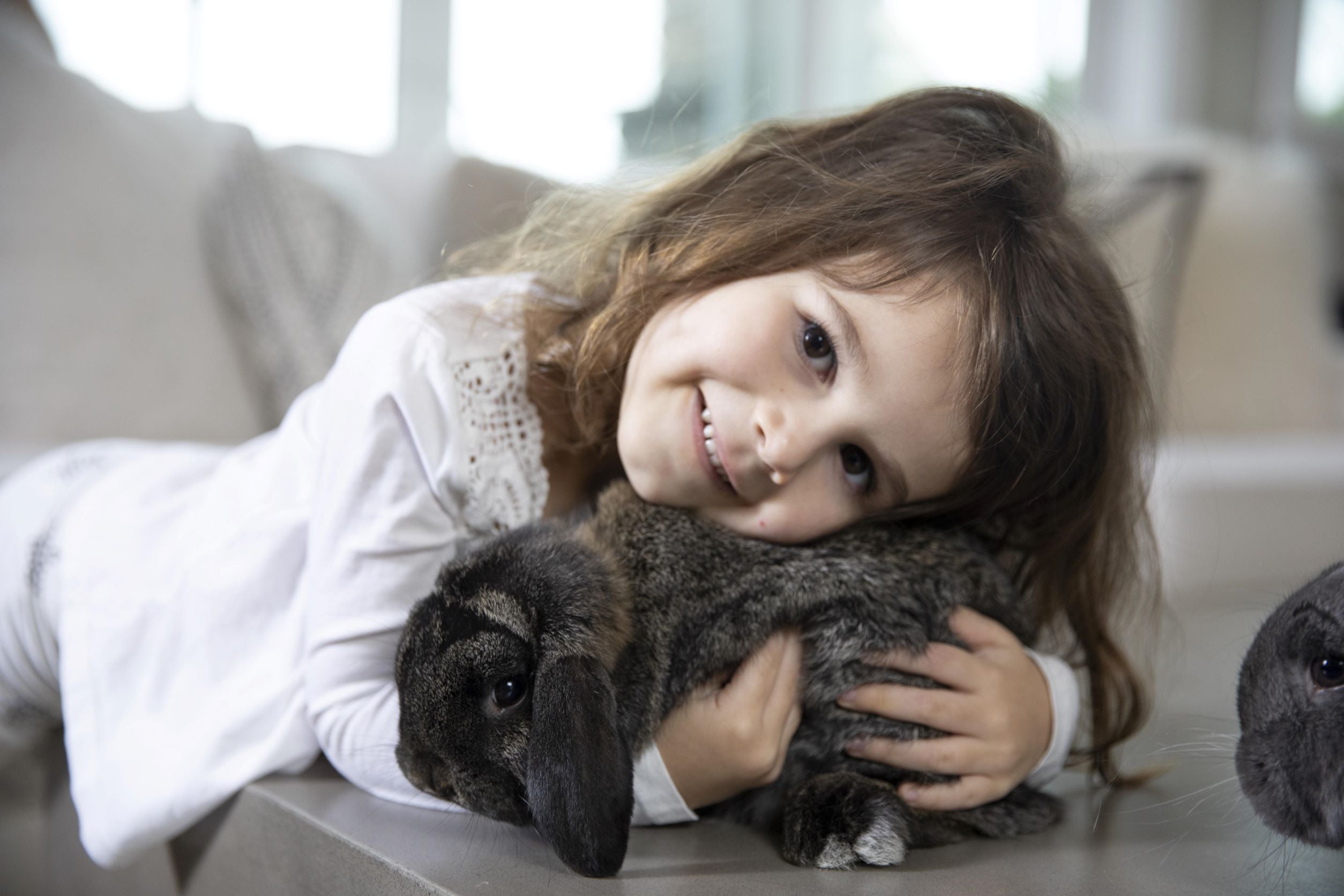
 email us
email us